Your cart is currently empty!
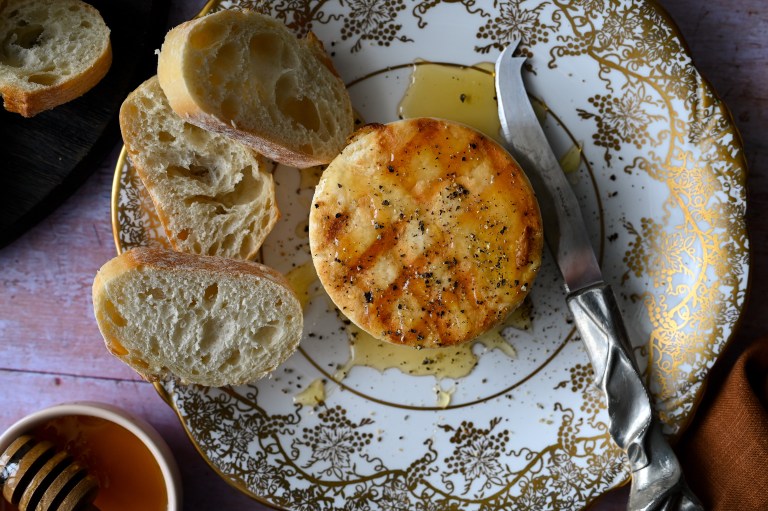
Thanks for sharing!

Phanouropita (or fanouropita) is a symbolic and traditional Greek vegan cake full of meaning.
On August 27 the Orthodox Church celebrates the Feast Day of Saint Phanourios (pronounced “fan-OO-ree-os”) (or Saint Fanourios), the Martyr and Miracle Worker. The saint’s name sounds similar to the Greek verb “phanerono,” which means “to reveal” or “to disclose”. In fact, people pray to Saint Phanourios to help them find lost objects, to reveal lost or hidden spiritual matters of the heart, to redirect them or reveal actions which should be taken, and to restore health. When a lost object is discovered, or when prayers reveal what is needed, a symbolic cake called a phanouropita is baked and brought to the church where it is blessed by the priest and then distributed among the parishioners.
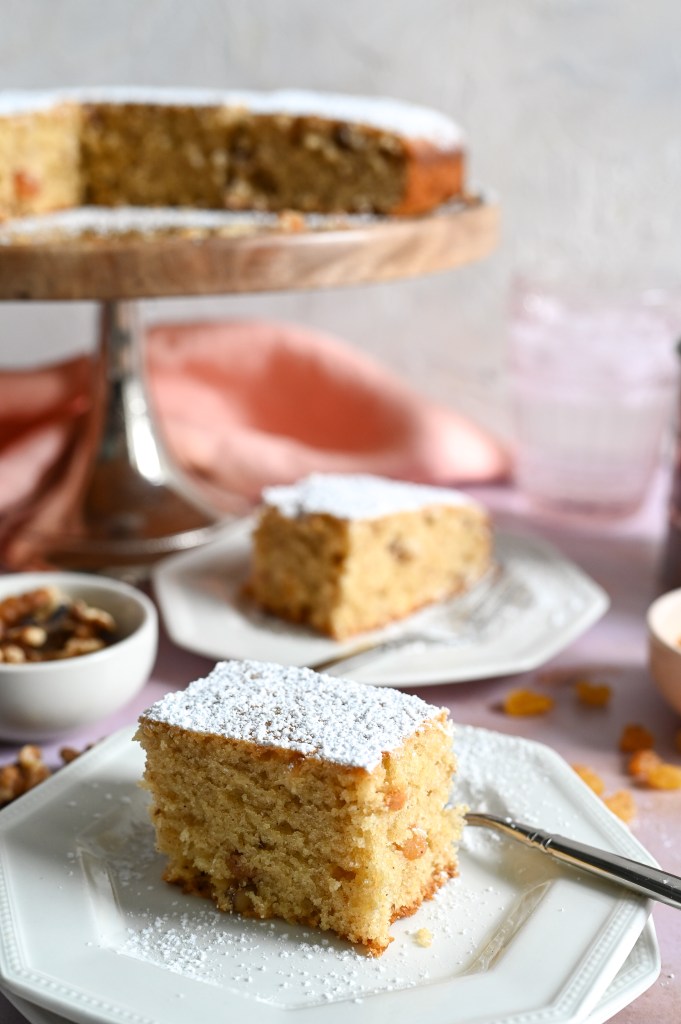
Little is known about Saint Phanourios beyond the fact that he lived during the Roman period and was persecuted because of his Christian beliefs. In fact, everything that we know about him – his life, his martyrdom, and even his name – was revealed by an icon discovered several centuries after he lived. His Feast day became the anniversary of the icon’s discovery, the 27th of August.
Tradition states that when the island of Rhodes fell to the Ottoman Empire in the 16th century, the new Muslim occupiers wished to rebuild the walls around the city. To do so, the stones from several ruined buildings near the fortress were transported and used to build and reinforce the wall. While this work was being done, a beautiful church that had been destroyed was discovered and it contained many icons. The majority were damaged so severely that they were unidentifiable but the icon of Saint Phanourios was perfectly intact. The icon depicts a young man dressed as a Roman soldier. In his right hand he holds a spear and in his left a cross and a lit candle. Around the perimeter of the icon are 12 events of martyrdom that the Saint suffered. The inscription reads “Saint Fanourios” meaning “Revealer” in Greek.

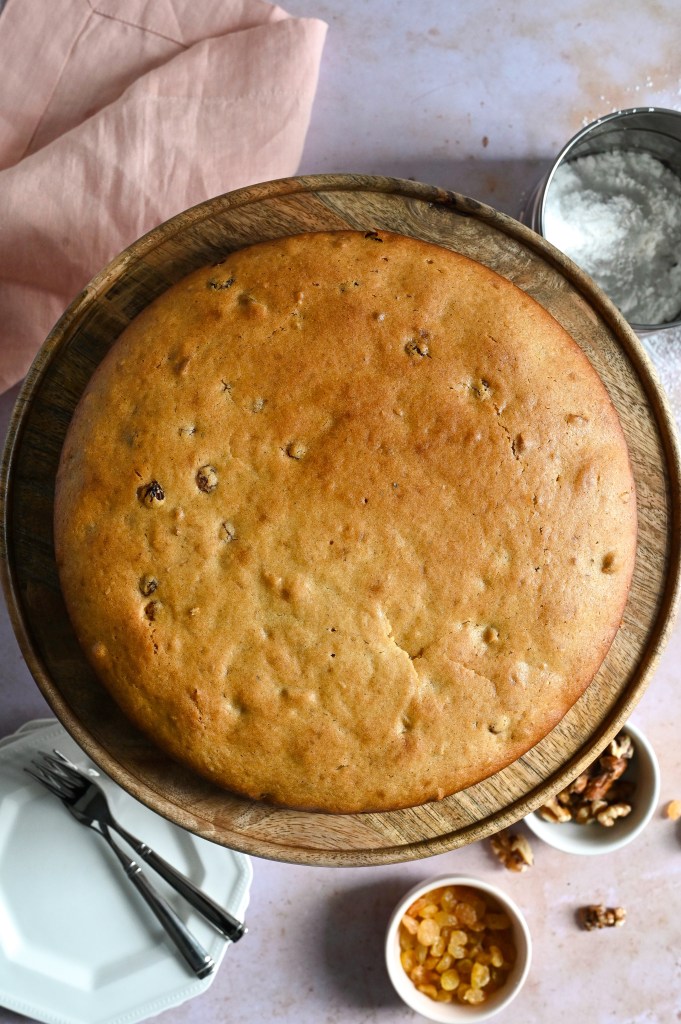
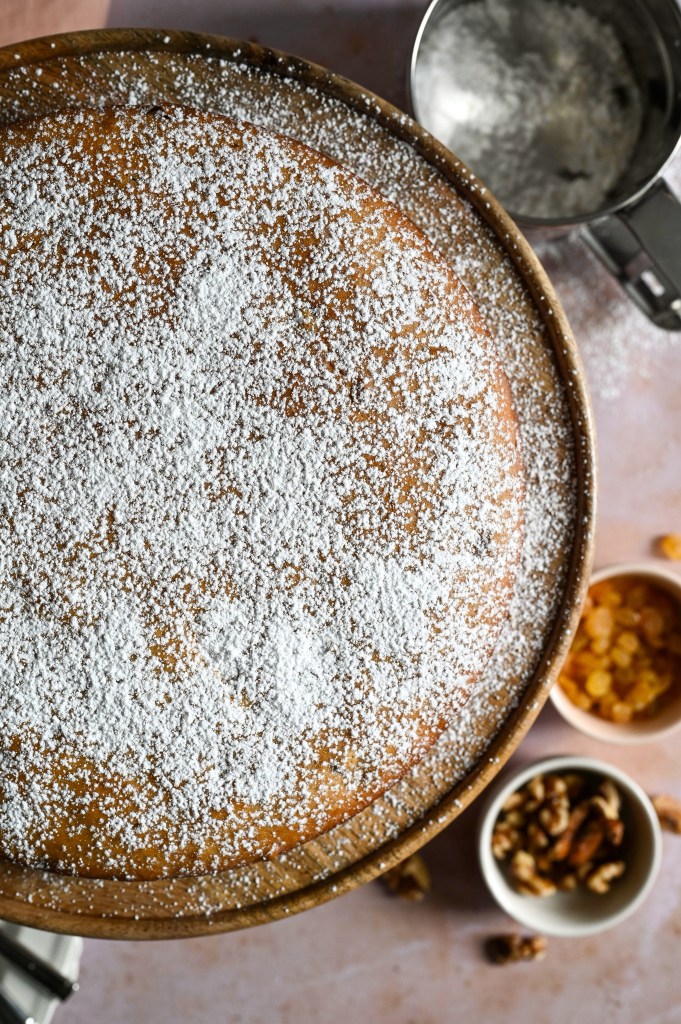
The Turkish soldiers who found the icon did not see any value in it and left it amid the ruins where it was later found by a group of Orthodox monks. The monks then brought it to their Bishop, Metropolitan Nilus of Rhodes, who read the inscription and, not recognizing the name, declared him to be a newly-discovered Saint. As a result of the unique manner in which this icon, and Saint Phanourios, were discovered, St. Phanourios is considered the patron saint of lost things.
Baking a phanouropita (or fanouropita) is a Greek and Cypriot custom and is an acknowledgement of the intercendence of Saint Phanourious. It is not a Holy Tradition, yet it has been welcomed and adopted by the church formerly as a short blessing service offered at Vespers services and / or just before the Liturgy finishes on August 27, the Feast Day of Saint Phanourios.
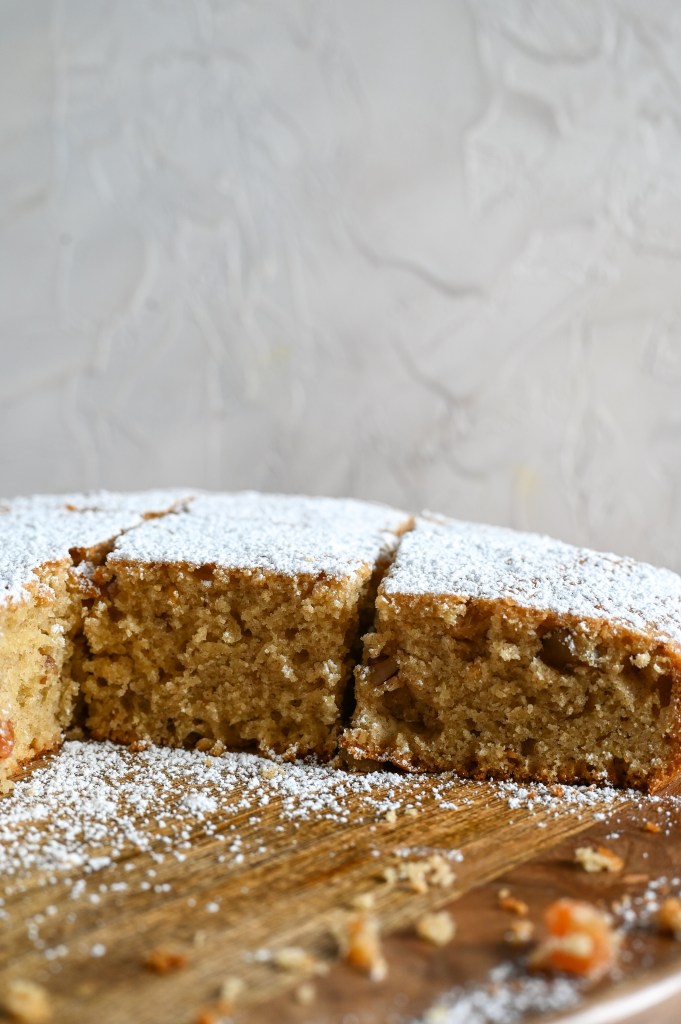

Although there is very little known about the life of Saint Phanourios many believe that his mother was a sinful woman during her life. Therefore, when the phanouropita is offered to the church, many will express the phrase “May God grant rest to the soul of Saint Phanourios’ mother”. The church itself does not endorse this position as information about Saint Phanourios is lacking, and information about his mother is practically non-existant.
A Phanouropita (or fanouropita) is a small lenten (vegan) cake that can be baked any day of the week, except on Sunday. It traditionally consists of 7 or 9 ingredients representing the seven Holy Sacraments of the Church or the nine angelic choirs.
The baking of phanouropita is a centuries old tradition and therefore there will certainly be some variations between recipes, however most recipes are pretty similar. Regardless of the actual recipe, there is one unbreakable rule: Before you begin baking, take a moment to think of something you’d like Saint Phanourios to help you find—keep this in mind as you make the cake!

Christopsomo (Greek Christmas bread)
Vasilopita (New Year’s Day cake)
We love hearing from you! If you have made our recipes, or if you have a question or comment, or simply want to say Hi!, please leave a comment below!

Love this! We have an icon of St Phanourios near our front door in honor of all that we feel he has helped us with over the years. I will have to try this recipe!
I knew of the link between St. Phanourios and lost things, but I had never heard the full story about the lost icon. Thank you. It will make the cake even more interesting.
FEATURED CATEGORIES
THE STORY BEHIND MIA KOUPPA

If you cross the Harvard Bridge in Boston and happen to be with a tour guide, you will learn that in the late 1950’s MIT student Oliver Smoots came up with a unique unit of measure as part of a fraternity pledge. By lying head to toe across the bridge, Oliver determined that its length was 364.4 Smoots.
TRENDING RECIPES
SAVEUR BLOG AWARDS

Subscribe now to keep reading and get access to the full archive.


Leave a Reply